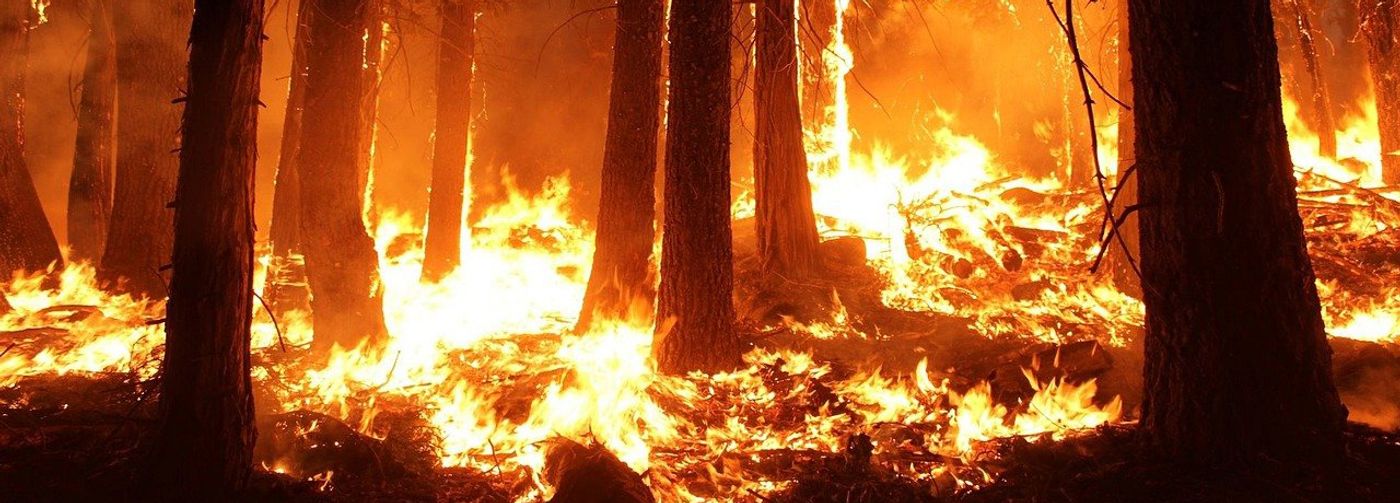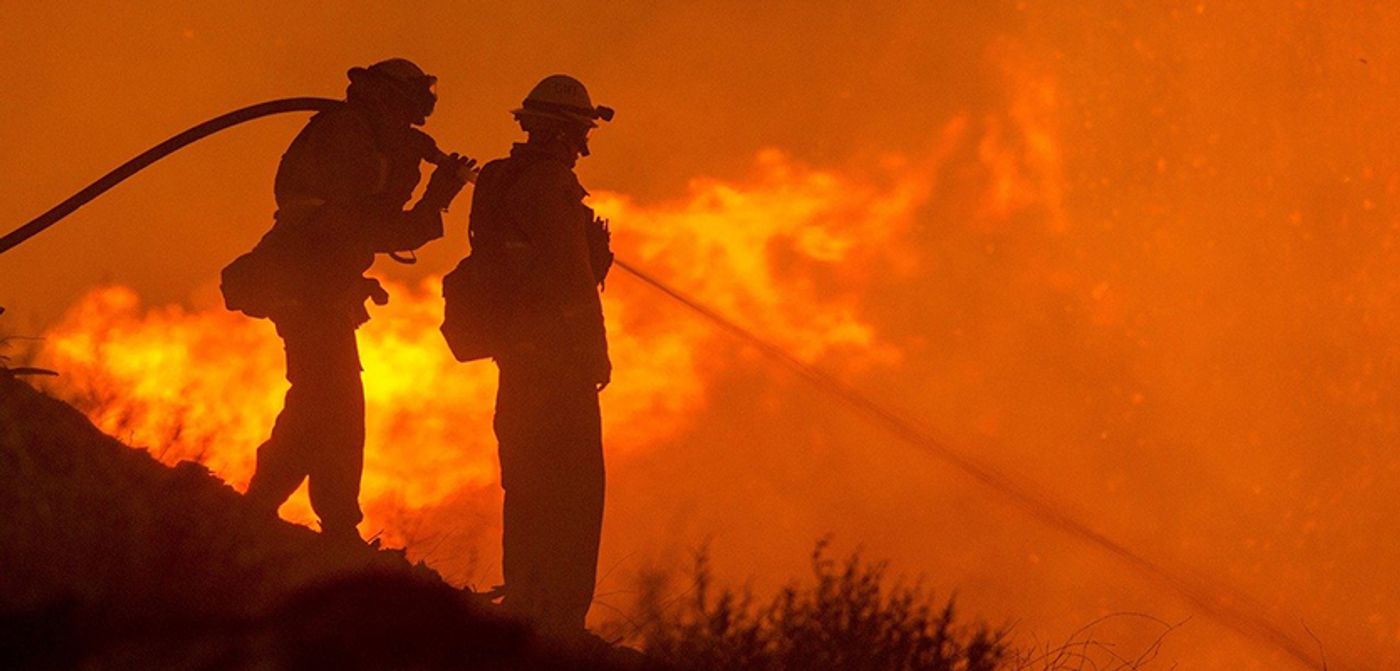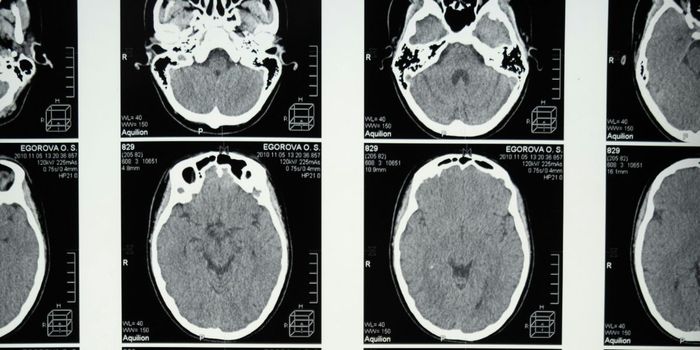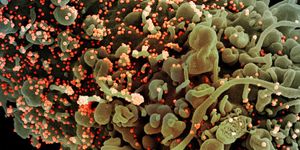An Estimated 38 Million People were Exposed to Polluted Wildfire Smoke
As wildfires continue to burn record-breaking acreages along the west coast of the United States and inland regions, hospitals have seen rising numbers of patients suffering from hazardous smoke exposure. Today, the Associated Press released an analysis of pollution data that shows how wildfire smoke impacted millions of people across California, Oregon, Washington, Idaho, and Montana.
According to the analysis, at least 38 million people live in counties that experienced unhealthy air pollution levels for at least five days. Most of those are in California, representing 25 million people exposed to harmful air pollution. Washington included 7.2 million, Oregon had 3.5 million, Idaho had 1 million, and Montana had nearly 300,000 residents exposed to unhealthy air quality.
The AP reports that Stanford researchers estimated that up to 3,000 people over the age of 65 died prematurely over a six-week period that began August 1, 2020. Additionally, the AP reports that the University of Washing researchers estimated “hundreds more deaths” due to poor air quality caused by wildfires. The AP is cautious to note that these estimates have not been published in peer-reviewed journals.
As the AP previously reported, wildfire smoke features particulate matter—about 1/30th the diameter of a human hair—that can penetrate deeply into the lungs. According to the EPA, humans can detect dust, dirt, soot, and smoke but particulate pollution can only be detected using an electron microscope.
The AP’s wildfire hazard analysis showed that Oregon experienced concentrations of the most harmful particulate pollutants at concentrations higher than 700 ppm. California and Washington’s particulate pollution reached concentrated between 500 and 600 ppm.
The particulate matter in wildfire smoke can cause coughing, chest pain, and asthma attacks. The elderly, children, and those with pre-existing respiratory or other related health complications are at higher risk. The AP reports that there will likely be many “hidden victims” who died from issues triggered or further exacerbated by hazardous air quality. Martin Johnson, a pulmonologist in Salem, Oregon, told AP reporters that “Many won’t show up at the hospital or they’ll die at home or they’ll show up at hospice for other reasons, such as pneumonia or other complications.”
Sources: Associated Press, EPA










